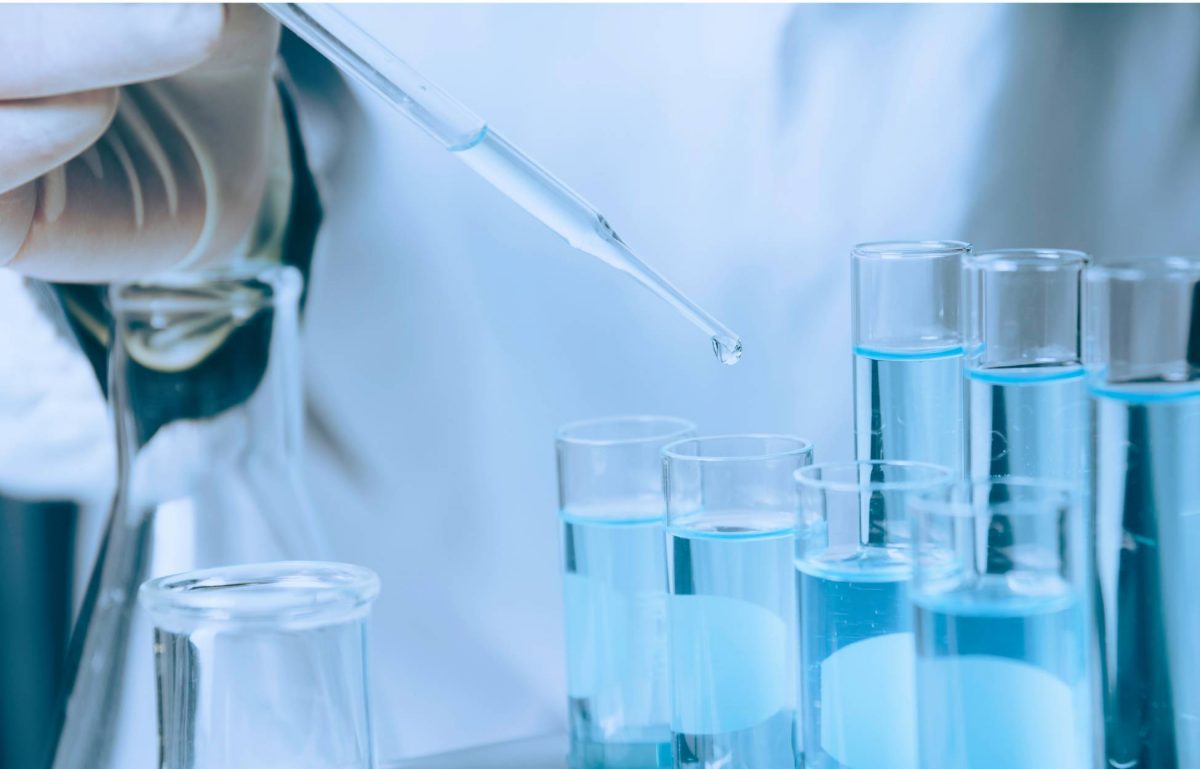Working with acids and bases in a laboratory setting requires the utmost caution and adherence to safety protocols to prevent unwanted situations. Quality chemical acids and bases are essential tools in scientific research, but they can also pose serious risks if mishandled.
These safety precautions for acids and bases in a laboratory will ensure the well-being of its personnel and the integrity of experiments. Following these guidelines can effectively maintain a secure working environment that delivers quality research processes.
Personal Protective Equipment (PPE)
Wearing appropriate personal protective equipment (PPE) is vital when handling acids and bases. This includes:
- A lab coat or protective clothing to shield against spills and splashes
- Chemical-resistant gloves to protect hands and forearms from direct contact with substances
- Safety goggles or face shields to shield eyes from potential splashes and fumes
- Closed-toe shoes to prevent spills from coming into contact with the feet
It is crucial to ensure PPE is in good condition and fits well to provide maximum protection. Regular inspection and replacement of damaged or worn-out PPE is essential to maintain effectiveness.
Proper Storage and Labeling
Accurate and systematic storage of acids and bases is crucial for laboratory safety. Store acids and bases separately to prevent accidental mixing. Use dedicated storage cabinets or shelves specifically designed for chemical storage. Ensure that containers have a tight seal to prevent leaks or evaporation. Label all containers with clear markings indicating the contents, hazards, and appropriate handling precautions.
Ventilation and Fume Hoods
Proper ventilation is crucial in laboratories that frequently use acids and bases. Adequate airflow helps dissipate fumes and maintain a safe working environment. Conduct experiments in a well-ventilated area or use fume hoods when working with volatile acids or bases. Handle volatile chemicals under the fume hood to minimize exposure to harmful vapors. Good ventilation plays a significant role in preventing the buildup of hazardous gases and protecting laboratory personnel.
Handling and Transferring Chemicals
Observing safe handling and transferring practices when working with acids and bases is important. Always use appropriate tools, such as pipettes or graduated cylinders, to accurately measure and transfer chemicals. Never add water to concentrated acid; instead, add the acid to water slowly while stirring to minimize the potential for splattering or violent reactions. Dispose of chemicals properly following local regulations and guidelines.
Emergency Preparedness
Despite taking all necessary safety precautions for acids and bases in a laboratory, emergencies can still occur. It is essential to know how to respond to acid and base-related incidents. Familiarize yourself with the location and operation of safety equipment, such as emergency showers, eyewash stations, and fire extinguishers. Have a well-defined emergency response plan and ensure all laboratory personnel know it. Regularly conduct safety drills, including simulated emergency scenarios, to reinforce preparedness.
By employing high-quality chemical acids, researchers can minimize the risk of contamination or impurities that could compromise the integrity of their findings. Proper personal protective equipment, storage, ventilation, handling, and emergency preparedness protocols are essential to prevent accidents and maintain a secure working environment.













